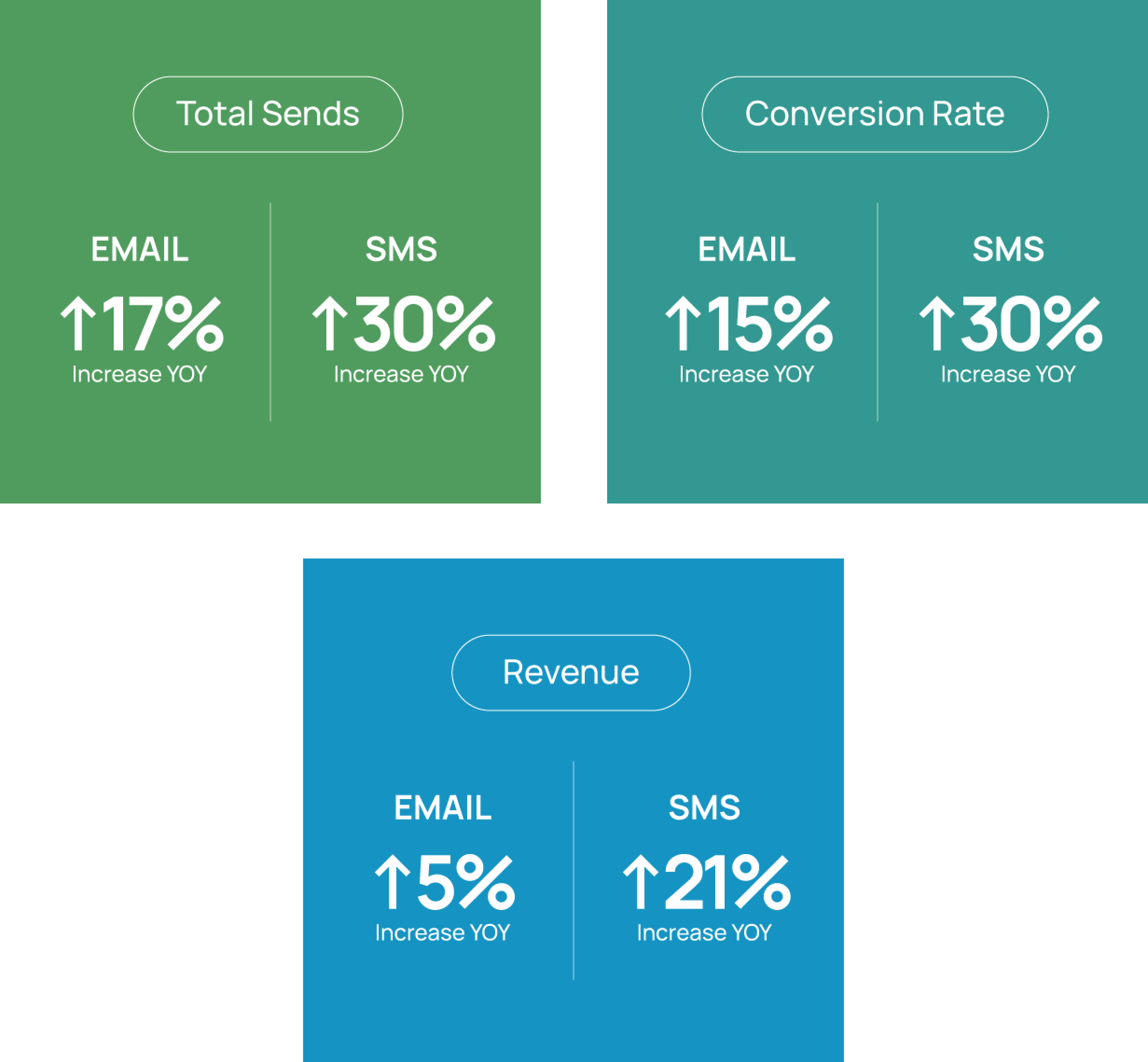Google’s Move to GA4: Why You Should Switch Now


Google Analytics has become the standard for how retailers track their ongoing marketing channel performance and trends as the most widely used web analytics platform. Since it first came on the scene almost 20 years ago after acquiring Urchin (where ‘UTM’ comes from, the ‘Urchin Tracking Module’), it has helped marketers and business owners alike better understand the effectiveness of their efforts and how customers engage with their brand. On July 1, 2023, Google Analytics will officially sunset their legacy system and stop processing Universal Analytics to prioritize the new GA4 – This new iteration will change how certain KPIs are defined, what standard reports look like, and how and where customers are identified across channels. Listrak is here to support you in the changeover and help you understand how this will impact your day-to-day campaign performance management.
What Is Google Changing With GA4?
GA4 brings a change in Google’s campaign attribution model to allow for more depth and flexibility in reporting results, including moving to their “data-driven” approach vs. leveraging last click. This also includes differences in how an onsite event and sessions are defined, among others. Default channel groupings will also look a little different compared to models of the past, with all the main players still in the starting lineup. We recommend using ‘last touch’ in lieu of ‘data driven’ for more comparable results with the reporting you leverage today. The good news is, you don’t need to adjust anything in your Listrak account or change UTM parameters to continue monitoring campaign performance in GA4. But you’ll need to make changes to your onsite integration and properties to ensure continued tracking.
Why Should I Change My Tracking To GA4?
It's critical to migrate your current Google Analytics configuration to GA4 as soon as possible (if you haven’t done so yet) to get familiar with the new interface and reports, as well as ensure tracking remains intact and data remains accessible. While you will be able to access previously processed data in your Universal Analytics property through the end of the year after the cutover, you should use the time between now and July 1 to understand the differences in the KPIs you prioritize for measuring success and set new goals and expectations with your leadership teams and boards of directors moving forward. This is especially critical, as Universal Analytics will be entirely deleted thereafter – It’s recommended you export as much historical data as possible.
You will likely see immediate impact in results and channel performance when you make the change to GA4, but that doesn’t mean it’s time to panic – Instead, take time now to determine how it will be best for your business to utilize the new system and what to look for.
What About My Google Analytics 360 Property?
Google Analytics accounts with 360 Properties that have a current order will receive a one-time processing extension ending on July 1, 2024. So you have some additional time to review and compare your data set to GA4! If you’re not sure if this applies to you or not, reach out to your Google representative.
Should I Still Keep My Universal Analytics Property Active?
Yes, you should keep your Universal Analytics conversion revenue tracking intact as long as possible. This will allow you to refer back to historical performance while it’s still available and compare to your new GA4 view.
Listrak Is Here To Support You
Listrak Support can answer questions as you work to switch your account to GA4. Also reference our GA4 Resource Page. Be sure to work with your Account Manager and Digital Strategist as you set your new goals and thoroughly analyze your data before making any drastic changes to your overall marketing spend and strategies. Listrak is available to assist in auditing your Google Analytics results with the proper access.
















.svg)
































.png)

